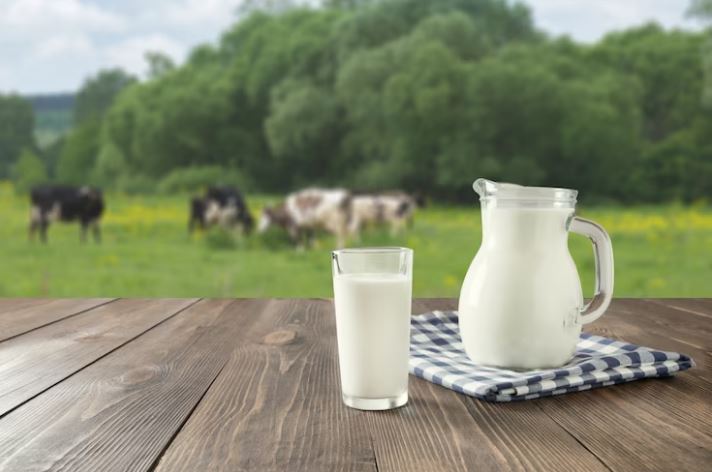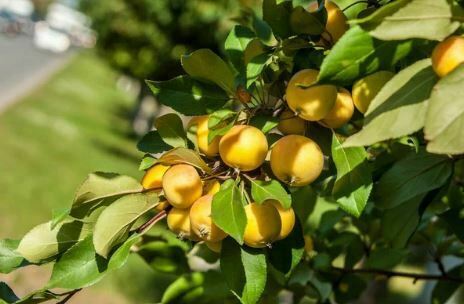Autumn olive (Elaeagnus umbellata Thunb.) is among the species that has attracted the most attention recently among wild fruits. The autumn olive plant is a shrub-shaped plant belonging to the Elaeagnaceae family. The deciduous autumn olive plant is a thorny plant species with an increasingly dense accumulation of leaves. The flowers of the autumn olive have four divisions, are yellow-white and fragrant. Generally, autumn olive…
Jujube fruit has a history of approximately 4000 years. Its name in the literature is Zizyphus jujuba Mill. Other names of jujube known among the public are “Chinese date fruit” or “red date fruit“. It is known as the “fruit of life” and “fruit of immortality” in China. Jujube, known to belong to the Rhamnaceae family, is a temperate climate plant that can grow widely…
Milk is a porcelain-white liquid with a distinctive smell and taste secreted by female mammals to feed their newborns. It begins to be secreted after the calf is born and continues to be secreted in varying amounts and for a period depending on different parameters, especially species and breed. To define milk for food experts, milk is a polydisperse food in which the fat phase…
Berberis crataegina DC is a shrub-shaped plant of the genus Berberis, which is distributed in the northern temperate regions of the world in Southern Asia, including the northeastern region of the United States, many parts of central and southern Europe and the northern region of Pakistan. However, it is reported that there are about 500 different species in the world. There are four species of…
Black Rosehip is a wild fruit of the Rosa family, which is extremely beneficial for health. Its color is purple-black and it is chubby compared to the pointed oval rosehip we know. Rosehip fruits contain many components such as natural antioxidants, minerals and vitamin C, which are essential for human health. For example, it is reported that 100 grams of rose hips and a crate…
Wild apple is an apple variety that grows naturally and spontaneously on mountain slopes and rural areas. Wild apple is a medium 3 cm diameter, white flesh, fragrant and aromatic, yellow or red colored. In general, apples belonging to the genus Malus communis L. from the Rosaceae family; consist of 85% water, 11% carbohydrates, 2% dietary fiber, 0.6% fat, 0.5% organic acids, 0.3% protein and…
Colostrum is a milk that yellowish color, salty taste, thick consistency and mammals secrete for the first 24-48 hours after birth. The composition of colostrum is quite different compared to milk and unlike milk, it contains many molecules that are extremely useful for the health of the offspring. Colostrum contains nutritional molecules such as protein, carbohydrates, fat, vitamins and minerals as well as high amounts…
Butter, the first findings of which were found in 8000 B.C in history, has had a very important place in human nutrition until today. The unique aroma of butter, which contains more than 80% milk fat, has become a flavor element in nutrition; this unique flavor has made butter preferable for consumption. Although many ideas were put forward about butter in the 20th century that…

